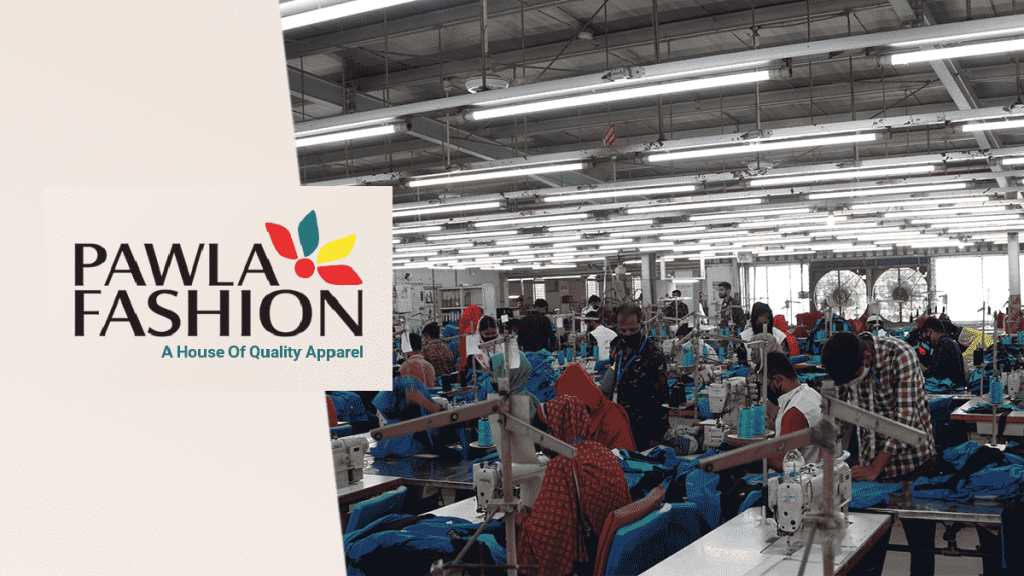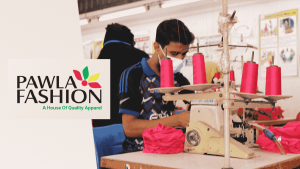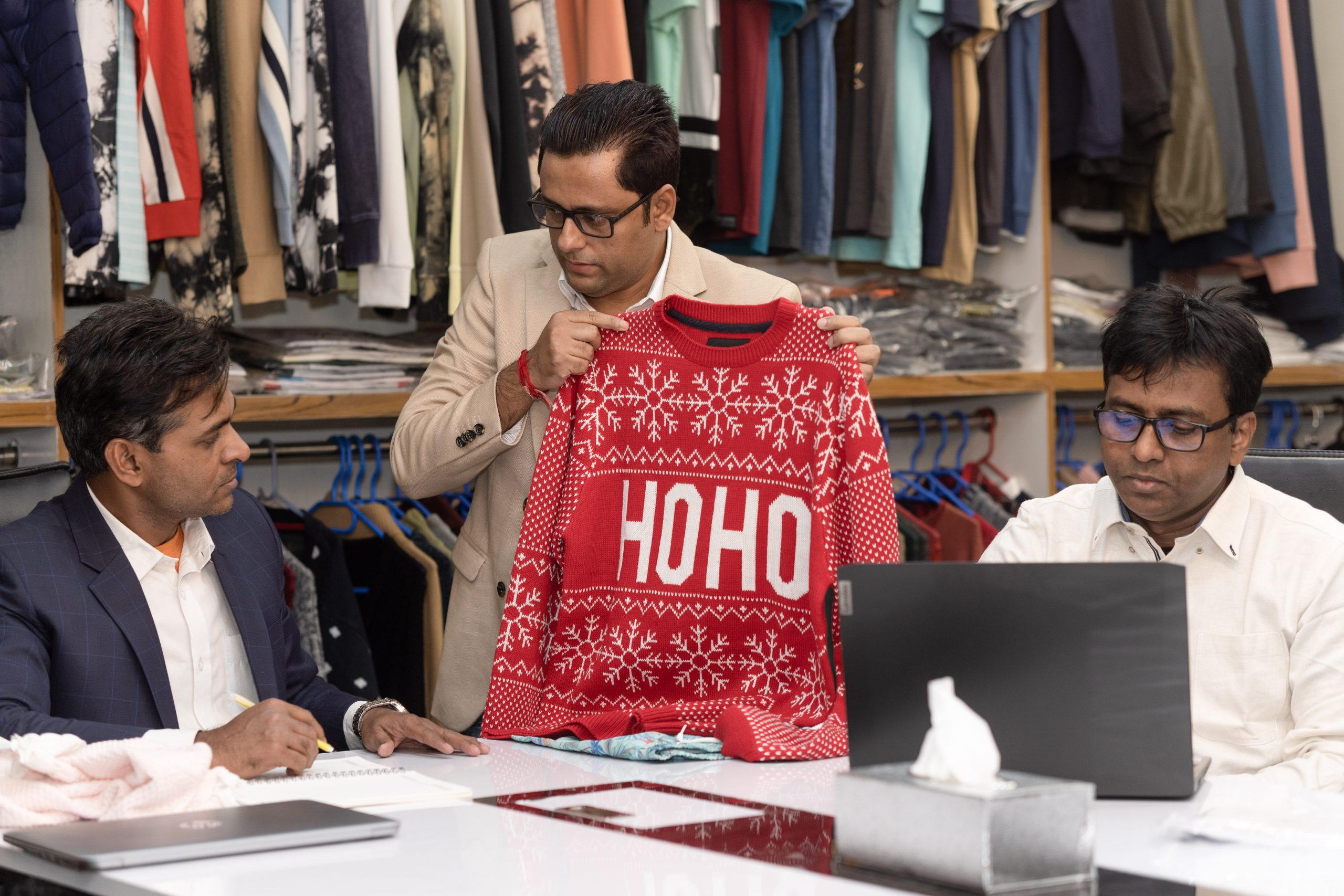Top 7 Reasons Why Bangladesh Became a Global Leader in Garment Manufacturing
- Cost Efficiency: Competitive labor costs and operational expenses.
- Skilled Workforce: A well-trained workforce that is adept in garment production.
- Global Supply Chain Integration: Seamless integration into global supply networks.
- Industry Experience: Decades of experience in garment manufacturing.
- Government Support: Supportive policies and incentives for the industry.
- Ethical Standards: Improvements in workplace conditions and compliance.
- Adaptability: Ability to meet diverse market demands and trends swiftly.
Did you know that Bangladesh has emerged as a powerhouse in the global garment manufacturing industry, producing clothing for some of the world’s biggest brands? From humble beginnings in fabric production to becoming a key player in the fashion world, this South Asian country has come a long way. Join us as we explore how Bangladesh transformed its textile industry into a thriving hub for fashion production and discover the secrets behind its success.
Introduction to Bangladesh’s Garment Manufacturing Industry: Bangladesh has emerged as a global leader in the garment manufacturing industry, with its ready-made garments (RMG) sector being one of the largest contributors to the country’s economy. The RMG industry in Bangladesh began its journey in the late 1970s, and since then, it has seen exponential growth, making it the second-largest exporter of ready-made garments globally, after China.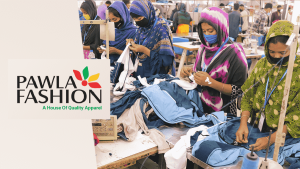
History and Growth of Bangladesh’s Garment Manufacturing Industry: The history of Bangladesh’s garment manufacturing industry can be traced back to when a few entrepreneurs saw an opportunity to produce cheap garments for export. With favorable government policies and low labor costs, the industry grew rapidly in the 1980s and 1990s. It was during this time that multinational companies started setting up their factories in Bangladesh due to its competitive advantage. Today, more than 4 million people are employed by around 4,500 garment factories all over Bangladesh. This workforce is predominantly young women from rural areas who are attracted to the job opportunities provided by this industry. The RMG sector has played a significant role in empowering these women by providing them with financial independence and allowing them to contribute to their families income.
Factors Contributing to Success: Several factors have contributed to Bangladesh becoming a global leader in garment manufacturing. One essential element is its geographical location between India and China, which makes it an ideal hub for sourcing raw materials from both countries. Additionally, with two seaports and multiple land customs stations at strategic locations across the country, exporting finished products becomes easier and more cost-effective.
Moreover, Bangladeshi manufacturers have also invested heavily in developing their infrastructure over time. They have built state-of-the-art factories equipped with modern machinery and technology that allow for efficient production processes while keeping costs low.
Challenges Faced by the Industry: Despite its success story, the RMG industry in Bangladesh has faced and continues to face some challenges. One of the major issues is the lack of compliance with safety regulations, which has led to several factory fires and accidents in the past. However, the government has taken steps to improve safety standards in factories by implementing stricter regulations and conducting regular inspections.
Another challenge that the industry faces is its heavy reliance on a few key export markets, primarily Europe and North America. As a result, any changes or disruptions in these markets can significantly impact Bangladesh’s RMG sector.
Historical Background and Development of the Industry: The garment industry in Bangladesh has a rich history dating back to the early 20th century. During British colonial rule, textile mills were established in Dhaka, which laid the foundation for the country’s garment manufacturing industry. However, it wasn’t until after Bangladesh gained independence in 1971 that the industry began to flourish.
In the late 1970s, with an aim to diversify its economy and reduce dependence on agriculture, the government of Bangladesh introduced policies to promote industrialization. This led to an influx of foreign investments in various industries including ready-made garments (RMG). The first export-oriented garment factory was established in Chittagong in 1978 by Korean investors.
The RMG sector saw rapid growth throughout the 1980s and became a major contributor to Bangladesh’s economy. In addition to foreign investments, local entrepreneurs also played a significant role in developing this industry. They were quick to recognize the potential of cheap labor and abundant raw materials available in the country.
One key factor that contributed significantly to the enormous growth of this industry was trade agreements with developed countries like Canada, Japan, and countries from Europe. These trade agreements provided duty-free access for Bangladeshi garments into these markets.
However, it was not until 2005 when Bangladesh signed a multi-fiber agreement with China that its RMG sector truly took off. With China becoming more expensive as a manufacturing hub due to rising labor costs, many international buyers started looking for alternative sourcing options. This created a significant opportunity for Bangladesh as it offered competitive pricing without compromising on quality. Over time, Bangladesh has emerged as one of the top exporters of ready-made garments globally. According to data from the World Trade Organization (WTO), by 2019, Bangladesh had become the second-largest exporter of apparel worldwide after China.
Today, there are more than 4 million people employed directly or indirectly in the garment industry in Bangladesh. The sector contributes around 80% of the country’s total exports and has played a crucial role in lifting millions out of poverty. The garment manufacturing industry in Bangladesh has come a long way since its humble beginnings. With continuous government support, foreign investments, and competitive pricing, it has become a global leader in this sector. Despite challenges like labor rights issues and safety concerns, the industry continues to thrive and has become an integral part of Bangladesh’s economy.
Factors that contribute to Bangladesh’s success in garment manufacturing: Several key factors have contributed to Bangladesh’s success in garment manufacturing, making it a global leader in this industry. These include a combination of economic, geographical, and cultural factors that have helped the country establish itself as a major player in the international fashion market.
Cost Efficiency: Firstly, one of the main reasons for Bangladesh’s success is its low labor cost. The country has a large population with a high percentage of young people who are willing to work at relatively low wages. This provides an abundant supply of cheap labor for the garment industry, resulting in lower production costs and making Bangladesh an attractive destination for global fashion brands looking to cut costs without compromising on quality. Moreover, Bangladesh’s strategic location also plays a crucial role in its success. The country shares borders with two of the world’s most populous countries – India and China. This makes it easily accessible for sourcing raw materials from these neighboring countries while also providing easy access to major markets such as Europe and North America for export purposes.
Skilled Workforce: Bangladesh’s success in garment manufacturing is significantly bolstered by its skilled workforce. Over the years, the country has invested in training programs tailored to the garment industry, equipping workers with specialized skills in sewing, cutting, quality control, and machine operation. Vocational training institutes and collaborations with international partners have further enhanced the workforce’s proficiency and adaptability to modern production techniques. This skilled workforce not only ensures efficient production but also enables Bangladesh to maintain high standards of quality and meet stringent deadlines, making it a preferred destination for global brands seeking reliable and competent manufacturing partners in the garment sector.
Global Supply Chain Integration: Bangladesh has achieved remarkable global supply chain integration in the garment manufacturing sector, positioning itself as a key player in the industry. This integration is characterized by its seamless connectivity to global supply networks, facilitated by strategic geographical location, robust infrastructure development, and efficient logistics capabilities.
The country’s extensive network of ports and transportation links ensures the smooth movement of raw materials and finished products across international borders. Additionally, Bangladesh benefits from preferential trade agreements, such as the Generalized System of Preferences (GSP), which enhance its competitiveness in global markets.
Moreover, the presence of numerous multinational garment buyers and retailers in Bangladesh has fostered closer collaboration and partnerships within the supply chain. This collaborative approach enables faster response times to market demands, reduces lead times, and improves overall supply chain efficiency.
Furthermore, advancements in information technology and digital platforms have enabled real-time communication and data exchange between stakeholders in the supply chain, further enhancing transparency and operational efficiency. As a result, Bangladesh continues to attract significant investments from global brands seeking reliable and cost-effective manufacturing solutions, further solidifying its position as a global leader in garment manufacturing.
Industry Experience: Bangladesh boasts decades of invaluable experience in garment manufacturing, dating back to the 1980s when the industry first began to flourish. This extensive tenure has allowed the country to refine its production processes, optimize supply chain management, and develop a deep understanding of global market dynamics. Over the years, Bangladesh has weathered various challenges and capitalized on opportunities, gradually improving its manufacturing capabilities and expanding its export footprint. This wealth of experience has not only bolstered the country’s reputation for reliability and quality but also enabled it to effectively navigate changes in global trade policies, technological advancements, and consumer preferences. Today, Bangladesh’s garment industry stands as a testament to its resilience, adaptability, and continuous pursuit of excellence in meeting the demands of an ever-evolving global market.
Government Support: Government policies and incentives have played a crucial role in driving the growth of Bangladesh’s garment manufacturing industry. The government recognized the potential of this sector early on and implemented various policies to attract investment, promote exports, and create employment opportunities.
One of the key initiatives taken by the government was the establishment of Export Processing Zones (EPZs) in 1983. These zones offered tax breaks, duty-free imports of raw materials and machinery, and simplified bureaucratic procedures for foreign investors setting up factories. This provided a favorable business environment for entrepreneurs looking to invest in the garment sector. In addition to EPZs, the government also introduced various export promotion schemes such as cash incentives, bonded warehouse facilities, and export credit guarantee programs. These measures incentivized exporters to increase their production and expand into new markets.
Another significant policy change that contributed to the growth of Bangladesh’s garment industry was the removal of restrictions on foreign ownership in manufacturing companies. This allowed for greater foreign investment in the sector and led to an infusion of capital and technology from international players.
Furthermore, labor laws were revised to make them more worker-friendly while still maintaining a competitive edge for businesses. The minimum wage for garment workers has increased multiple times over the years, ensuring better living standards for employees and reducing labor unrest. The government has also been actively involved in promoting social compliance measures within factories through its partnership with organizations like Better Work Bangladesh. This has improved working conditions, reduced workplace accidents, and enhanced overall productivity.
Moreover, recognizing that skilled human resources are essential for sustaining growth in this industry, the government initiated training programs in collaboration with international organizations such as UNDP and ILO. These programs have helped develop technical skills among workers as well as managerial capabilities among factory owners. These pro-business policies have created an enabling environment for growth in Bangladesh’s garment manufacturing industry. As a result, it has become one of the largest employers in the country with millions employed directly and indirectly, contributing significantly to the economy.
Ethical Standards: Bangladesh’s garment industry has made significant strides in improving ethical standards, particularly in workplace conditions and compliance. Historically marred by incidents highlighting poor working conditions, including safety hazards and inadequate wages, the industry has undergone transformative changes driven by both internal reforms and external pressures from international stakeholders.
In recent years, concerted efforts by the government, industry leaders, and international organizations have led to the implementation of stringent regulations and standards aimed at safeguarding workers’ rights and enhancing workplace safety. Initiatives include building safety inspections, fire safety training programs, and the establishment of worker welfare committees within factories. These measures have not only reduced workplace accidents but also raised awareness about labor rights among workers and employers alike.
Furthermore, collaborations with international brands and retailers have prompted factory owners to invest in upgrading facilities and adopting best practices in labor management. Certification programs such as the Accord on Fire and Building Safety in Bangladesh and the Alliance for Bangladesh Worker Safety have played pivotal roles in auditing factories and enforcing compliance with global labor standards.
While challenges remain, such as ensuring fair wages and combating child labor, Bangladesh’s commitment to ethical standards in garment manufacturing continues to evolve, setting a benchmark for responsible practices in the global apparel industry.
Adaptability: Bangladesh’s garment manufacturing sector is renowned for its remarkable a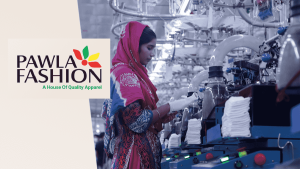 daptability, consistently meeting diverse market demands and swiftly responding to global fashion trends. This agility is facilitated by several key factors. Firstly, the industry benefits from a large and flexible workforce capable of scaling production to meet fluctuating demand. Secondly, Bangladesh’s proximity to major markets like Europe and North America allows for quicker turnaround times in shipping and logistics, crucial for meeting fast-changing consumer preferences.
daptability, consistently meeting diverse market demands and swiftly responding to global fashion trends. This agility is facilitated by several key factors. Firstly, the industry benefits from a large and flexible workforce capable of scaling production to meet fluctuating demand. Secondly, Bangladesh’s proximity to major markets like Europe and North America allows for quicker turnaround times in shipping and logistics, crucial for meeting fast-changing consumer preferences.
Moreover, the industry’s close collaboration with international brands and retailers enables early adoption of new trends and designs, ensuring products remain competitive in the global marketplace. Manufacturers in Bangladesh are also increasingly investing in technology and innovation, improving production efficiency and product customization capabilities.
Overall, Bangladesh’s ability to adapt stems from its responsive supply chain, skilled workforce, and proactive industry initiatives aimed at staying ahead of market trends. This adaptability not only sustains its competitiveness but also positions Bangladesh as a preferred partner for global brands seeking agile and reliable manufacturing solutions in the dynamic world of fashion and apparel.
The garment industry has had a profound economic impact on Bangladesh, playing a critical role in its growth and development. It has transformed the country’s economy from one heavily reliant on agriculture to a thriving manufacturing hub. However, it is crucial for all parties involved to prioritize ethical and sustainable practices to ensure continued success for both the industry and the country as a whole.
